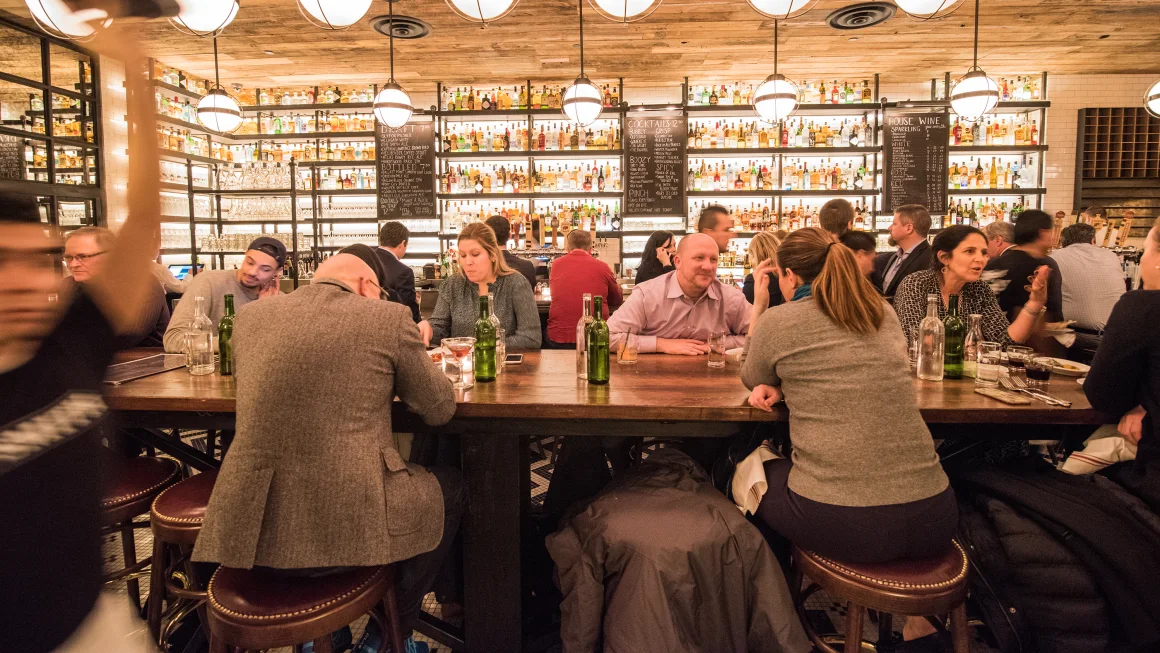[Taiwan Immigrants’ Global News Network] The Lunar New Year is regarded by Vietnamese people as the biggest and most significant holiday of the year. The entire family makes a hasty return to their homeland to celebrate and reconcile, hoping for luck in the upcoming year. The Vietnamese have kept many of the positive practices and habits from years past in order to convey their best wishes and longing for the New Year.
During the Spring Festival, Vietnamese people likes to go to the flower market and purchase flowers for new year. The peach blossoms are both symbols to avoid evilness and lucky charms. Kumquat is a symbol of good fortune. During the Lunar New Year, residents in northern Vietnam enjoy decorating their homes with peach blossoms, kumquat trees, yellow chrysanthemums, money flowers, etc., but people in the south enjoy doing the same with plum blossoms and orchids.
In thes homes for the New Year, the residents decorate with four main elements: kumquats (wealth), green oranges (luck), white flowers (elegance), and green leaves (harmony). The yellow chrysanthemum brings harmony to families, the white orchid denotes majesty and elegance, the red money flower denotes wealth.
The foods that are considered to bring bad luck for the upcoming year are also the most forbidden for Vietnamese people during the Lunar New Year: duck meat, duck eggs, squid, sea prawns, silver carp, bananas, and papaya. Everyone, whether Chinese or Vietnamese, wishes for luck in the upcoming year.

0129.jpeg)





